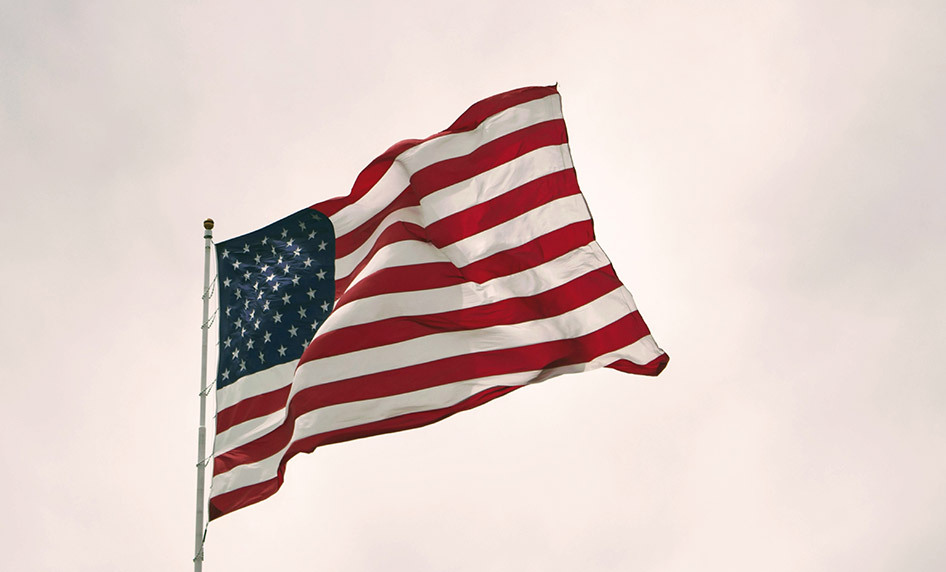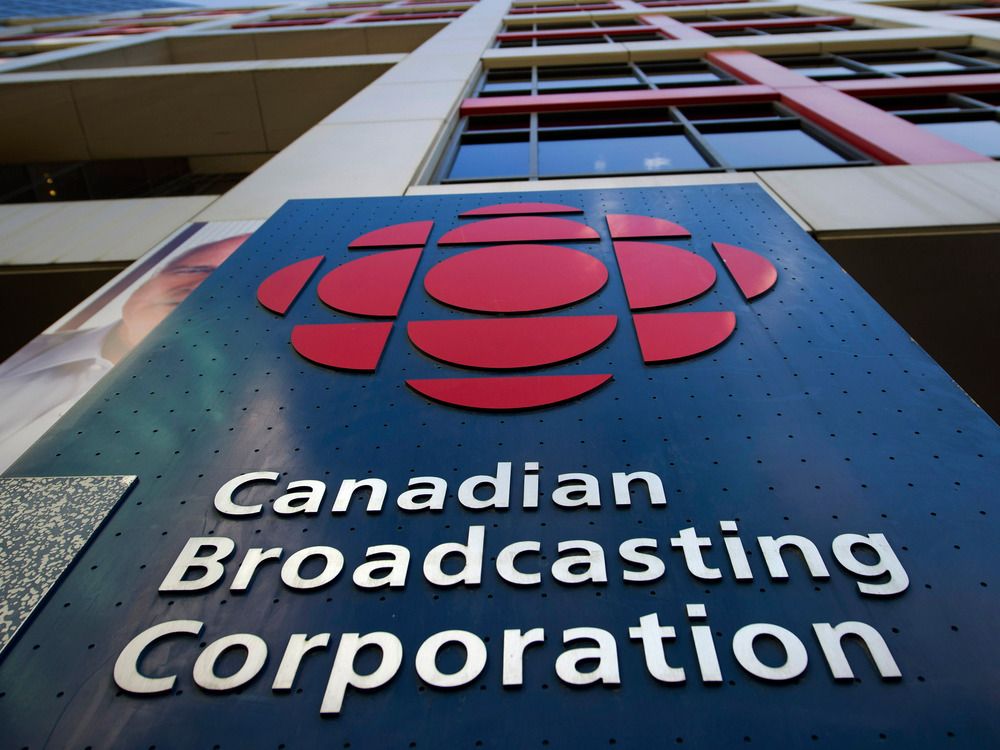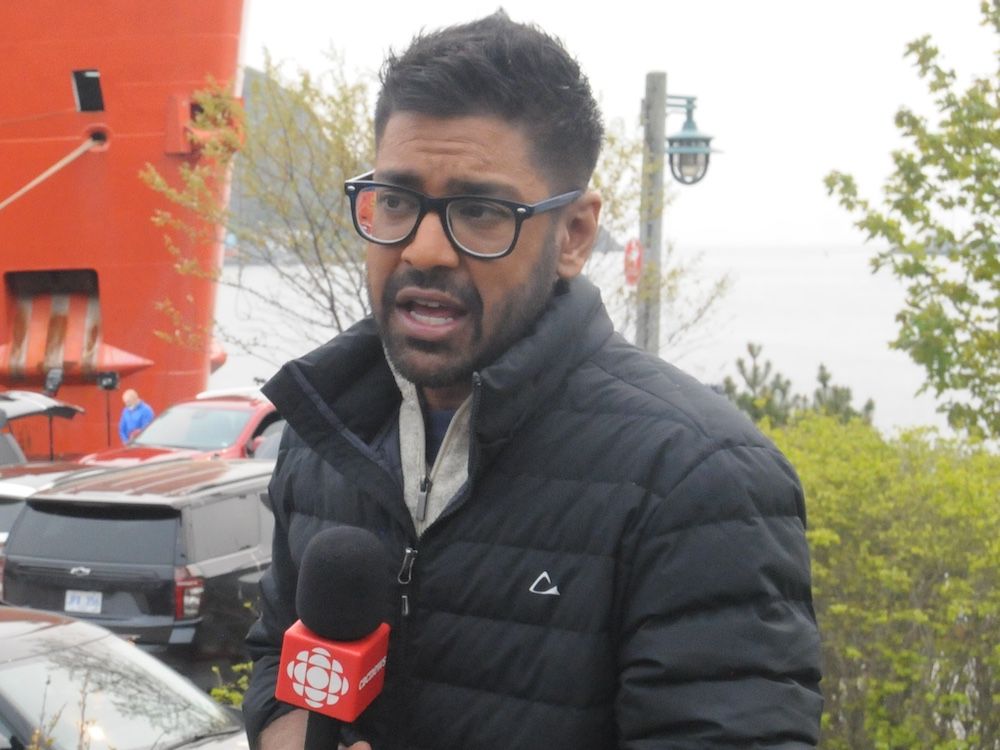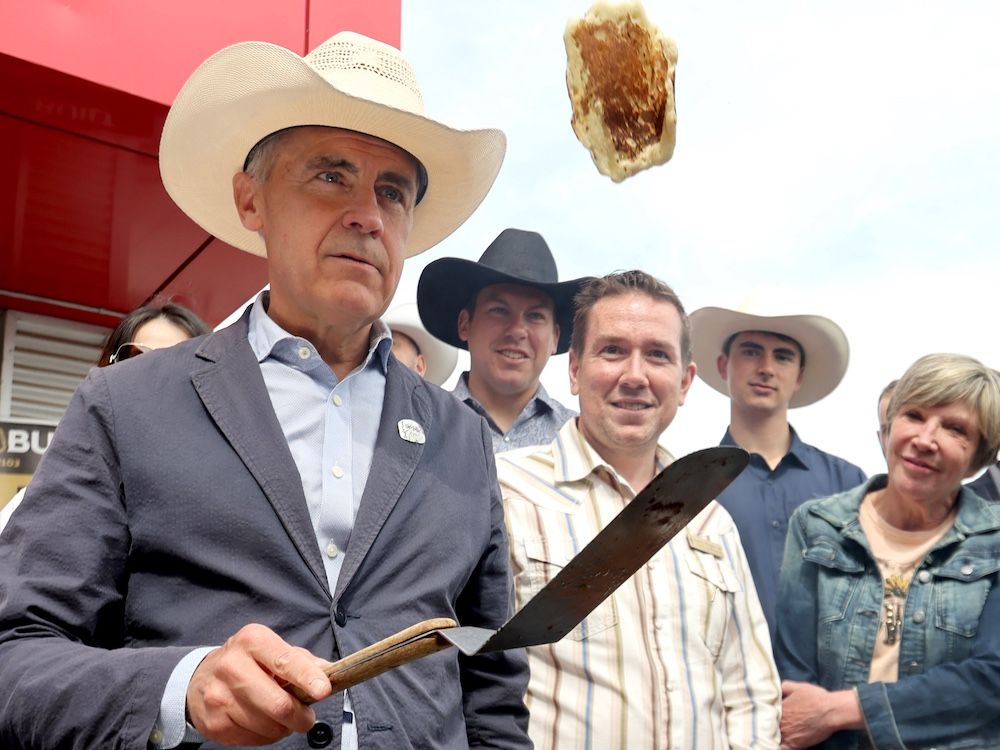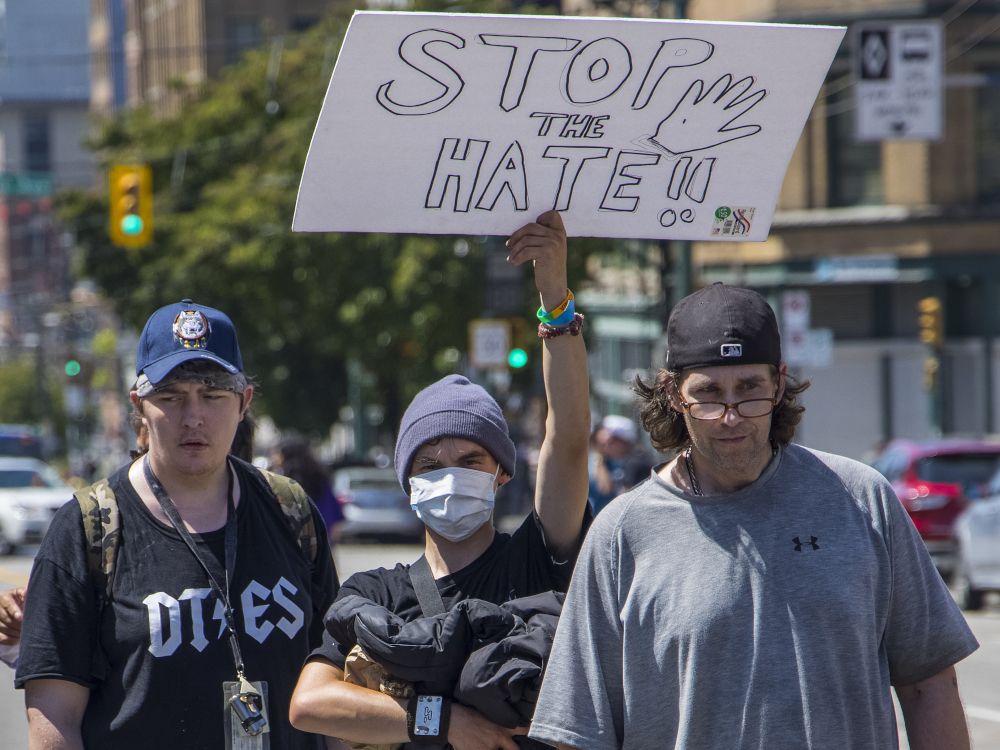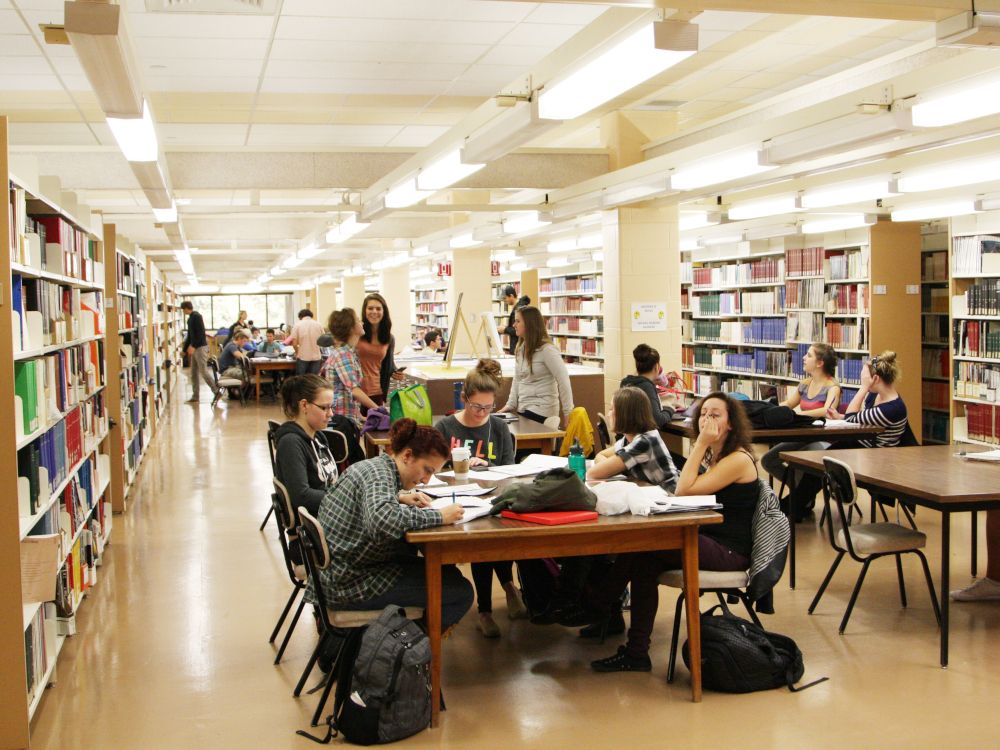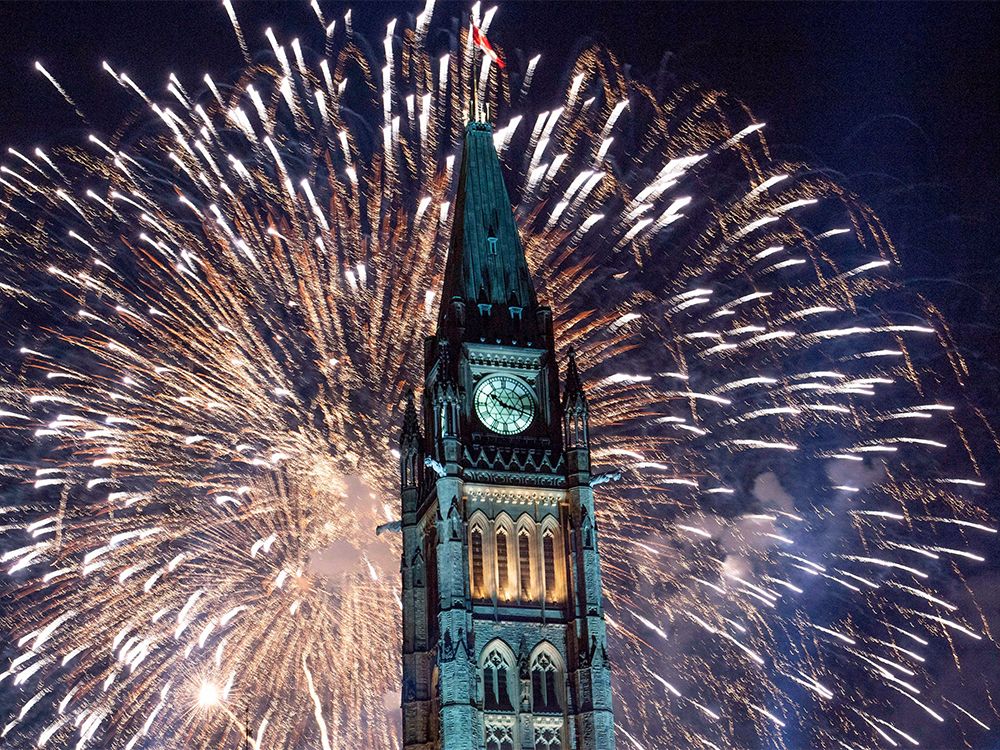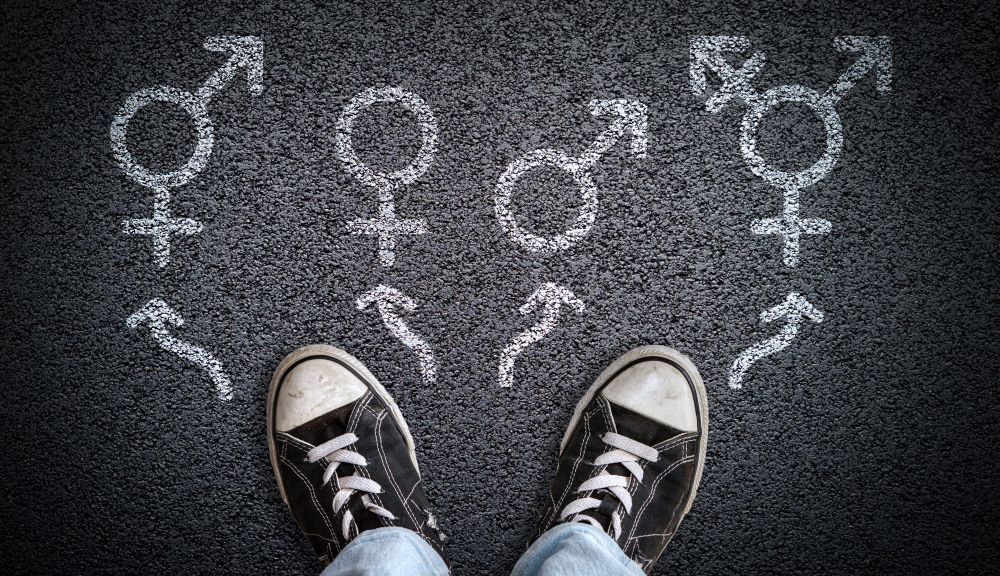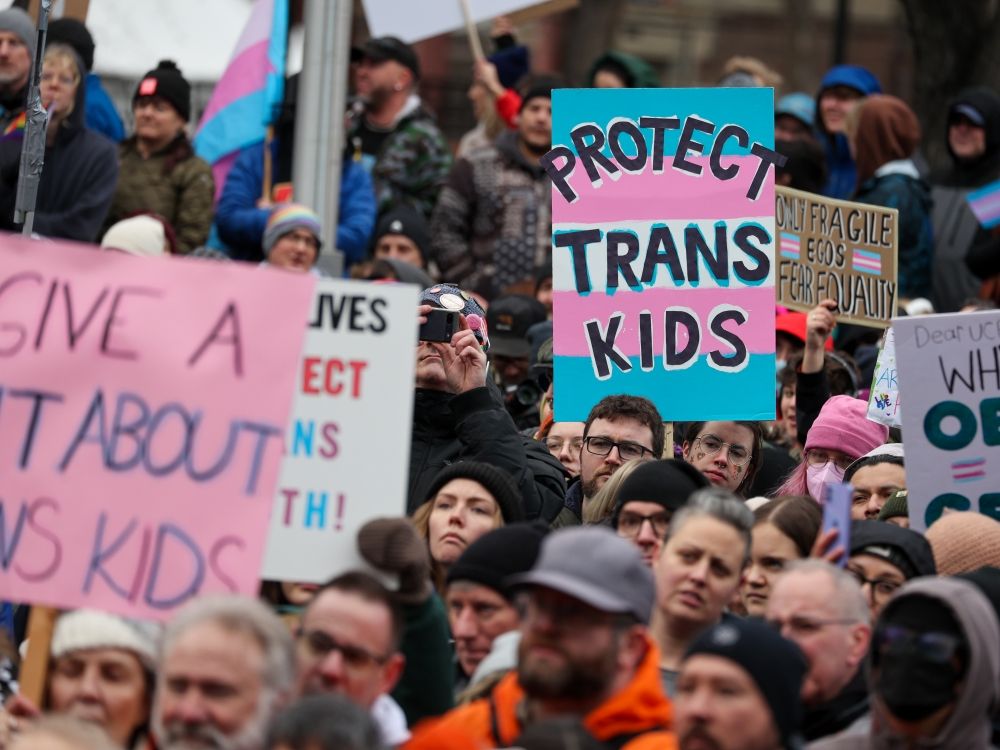
Until further notice, transgender medical treatments for minors will continue in Alberta.
In December, Alberta amended its Health Professions Act to prohibit doctors from prescribing hormone therapy and puberty-suppressing drugs to minors in the course of treating gender-related psychological disorders. The law hadn’t come into force, however, and the government was planning to release an order allowing exceptions to the rule.
Before any of these rules, or exceptions, could kick in, Egale Canada, a charity that is 71 per cent government-
and now functions as the feds’ unofficial LGBT litigation department, won an injunction on June 27 that put everything on pause until a constitutional challenge has been heard out.
The reason? The judge handling the case, Allison Kuntz,
to the Court of King’s Bench by Justin Trudeau in 2023, was convinced that age-based restrictions on cosmetic hormone treatments would cause transgender youth all sorts of harm.
“The evidence shows that the Ban will cause irreparable harm by causing gender diverse youth to experience permanent changes to their body that do not align with their gender identity,” she
.
Legal restrictions on these treatments would single out “gender diverse youth … by reinforcing the discrimination and prejudice that they are already subjected to” and “signal that there is something wrong with or suspect about having a gender identity that is different than the sex you were assigned at birth.”
The Alberta government had argued, in 183 pages, that the evidence for hormonal cosmetics was unclear, and that the risk of harm that came with providing such treatments to minors warranted legal limits. It called four Alberta doctors to testify, along with three detransitioners; as part of its large pile of evidence pointing to the lack of scientific support for cross-sex medical treatments for minors, it cited the United Kingdom’s Cass Review and other European studies.
Puberty suppression, argued the government, made later transgender-related surgeries more dangerous despite making no detectable impact on the mental health of youth patients; for cross-sex hormones, they, too, were rife with risks.
“All minors with a (gender dysphoria or gender incongruence) diagnosis benefit from being shielded . . . from assuming significant and potentially life-altering risks of harm when they are at a stage of development at which they cannot fully understand or independently consent to assuming these risks,” read the
, which added that puberty itself might help a minor avoid a gender-disorder-related diagnosis.
The big-picture concerns were to be grappled with later on in the challenge, however: in granting an injunction, the judge considered only the potential harm that could be experienced by transgender youth receiving treatment.
The medical risks were of little interest: in the immediate term, she was primarily concerned about not limiting the choice of trans youth. She was clearly moved by the children who
Egale Canada in the challenge: these included one 11-year-old male who was socially transitioned at age three, a 10-year-old male who’d been identifying as agender since Kindergarten, and a 12-year-old male, currently on puberty blockers, who had wanted to become a woman after seeing the film Moana.
In the judge’s view, the only people who would benefit from the government’s treatment restrictions were the minority of youth transitioners who would grow to regret their transition. Most trans youth, she figured, were better off under the status quo, with the province’s professional standards for doctors serving as their primary safeguard.
“I accept that some patients and their parents may have had a different experience and believe that treatment was initiated hastily and without a full understanding of the consequences,” she wrote.
“However, based on my assessment of the evidence it would be a stretch to conclude that because that may have been the experience of some, every doctor who practices gender affirming care has abdicated their responsibilities and are choosing to ignore the strength of the science regarding gender affirming care such that the Ban is necessary to protect the public good.”
It appeared early on in the decision, long before the judge reached her conclusion, that she favoured the gender ideology of the progressive left: “From the age of kindergarten and before they expressed a gender that was different from the sex they were assigned at birth,” she wrote, seeming to agree with the idea of biological sex as an irrational label applied to the freshly born.
And here is Alberta’s problem: even with a growing body of evidence that calls cosmetic hormonal interventions for minors into question, even though objective reality is on its side, Canada has a culture of relying on established professional standards and keeping politicians out of doctors’ offices.
Both Alberta and Egale Canada agreed that the “prevailing sources of clinical guidance” included the World Professional Association for Transgender Health (WPATH), which supports a
radical affirmation model
and is known for
questionable, activist-corrupted research practices
, and the Canadian Pediatric Society, which supports the WPATH guidelines.
The judge was inclined to accept their positions as dogma with some light persuasion from Egale and its litigation partner, the Calgary-based Skipping Stone foundation (which is 40 per cent
by government, and 20 per cent funded by other charities). As for why it takes so little persuasion, well, the Supreme Court of Canada has been
gender ideology since 2023.
Alberta isn’t just fighting a few activists: it’s going up against a federal government that acts indirectly, through judicial appointments and generous cash handouts to ideologically aligned charities. There were always going to be losses along the way; what will ultimately count is whether Premier Danielle Smith decides to draw the notwithstanding clause from its holster.
National Post




